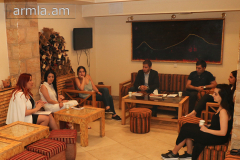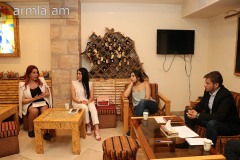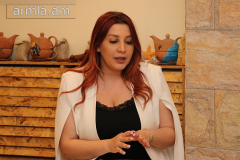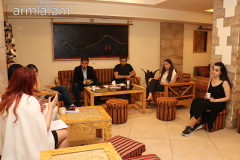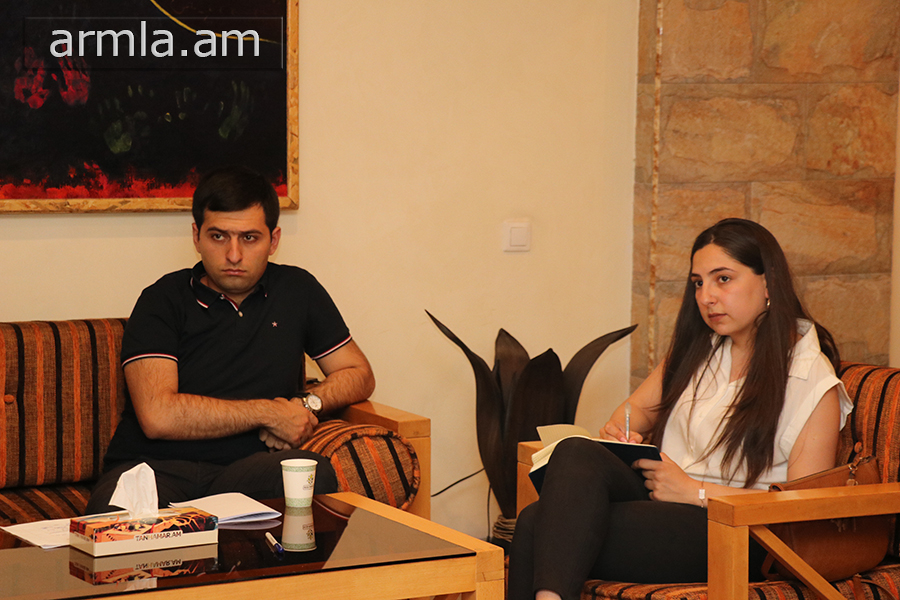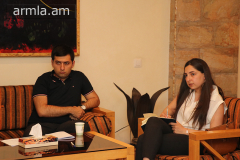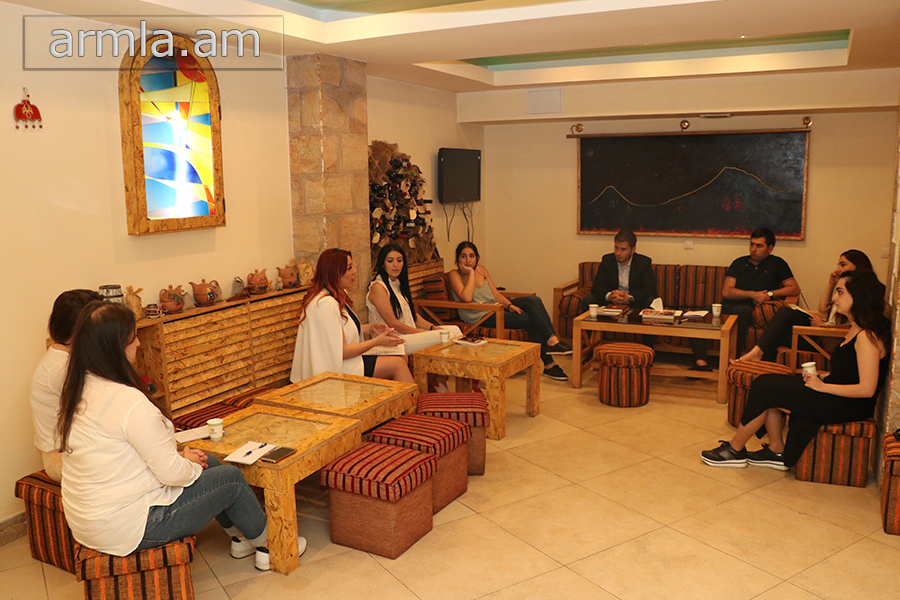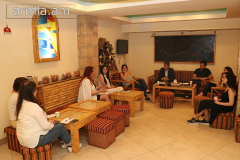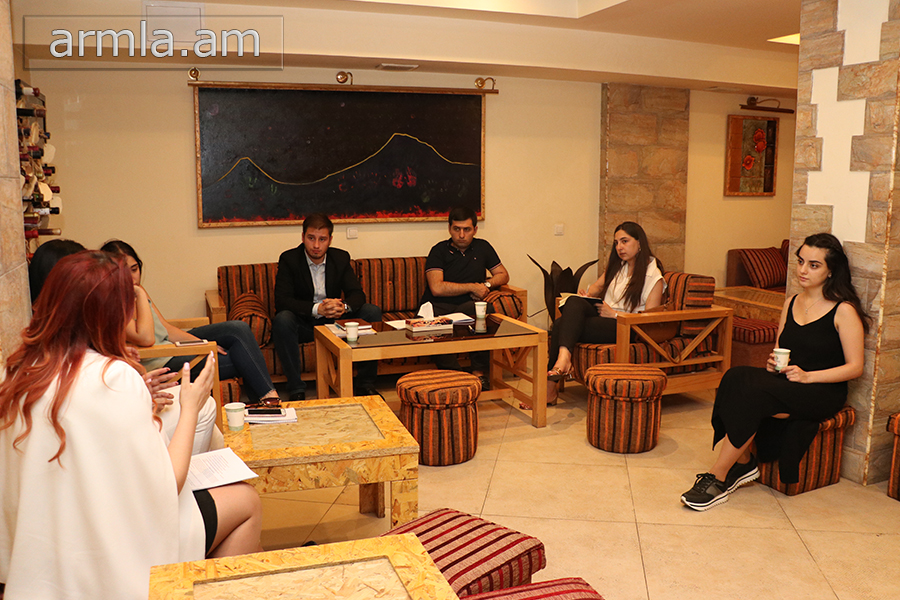
During the regular lecture of the Anti-Corruption School for Young Leaders, the participants discussed the types of anti-corruption bodies. The expert of the CSO Anti-Corruption Coalition of Armenia, Mariam Zadoyan, brought the examples of best practices of the Latvian and Lithuanian anti-corruption bodies, which she recently visited during the study tour.
The expert noted that there are three types of anti-corruption bodies in the world:
- Universal,
- Separated,
- Decentralized.
There are universal anti-corruption bodies in Latvia and Lithuania. In Lithuania, the Special Investigative Service is the Corruption Prevention and Combating Bureau of the Republic of Latvia (KNAB). According to the expert, the creation of a universal body in these two countries justified itself and they are considered successful practices.
Lithuanian and Latvian anti-corruption universal bodies have three functions:
- Law enforcement activities in the fight against corruption,
- Anti-Corruption Prevention,
- Anti-corruption education.
The Lithuanian Service was created in 1997 as a corruption crimes investigation body, but for the most effective anti-corruption campaign it started its activities in the direction of anti-corruption prevention and education. Since 2018, Analytical Anti-Corruption Intelligence Department has also been established in the structure of Lithuania’s Universal Anti-Corruption Agency. It was aimed at revealing various corruption schemes in the country.
“The above mentioned is another argument in favor of implementing the anti-corruption functions by one body, as resources are distributed effectively, and this subdivision is a link to the identification, analysis and improvement of anti-corruption policy in the three pillars of the fight against corruption” Mariam Zadoyan said.
It is noteworthy that in the recent past, a reorganization took place in the Bureau, as a result of which the Bureau added one more direction to its three activities: an anti-corruption strategic analysis, and for this purpose it created the Department of Strategy. The above mentioned department has four sub-divisions: strategic analysis, policy development, data collection and analysis, as well as strategic communication.
It should be reminded that in 2017 the RA Law on “Corruption Prevention Commission” was adopted as the Armenian government adopted the separated model of the anti-corruption body. “I can say that such a model is functioning in the Ukraine. According to international indicators, Ukraine is in a worse position in the fight against corruption than Armenia, so it is unclear to what extent we should adopt the Ukrainian model of fighting corruption. There are several anti-corruption bodies currently operating in Ukraine, and we can say that the fight against corruption in the Ukraine is failing as the preventive anti-corruption body is considered a corrupt and generally ineffective body by the Transparency International Anti-Corruption Center and other international expert assessments, while law enforcement agencies are unfairly competing with each other, creating unnecessary obstacles both. One of the Ukraine’s law enforcement agencies has recently arrested several high-ranking officials, but it has no institutional character. It is necessary to have an independent institutional body, which is specialised in the fight against corruption and it is necessary to see it in a single universal body in order to avoid the recent anti-corruption competition between the agencies, the flagrant example of which is the State Control Service and the National Security Service unhealthy anti-corruption rivalry,” Mariam Zadoyan said.
According to the expert, Armenia does not need to replicate the model of a specific anti-corruption body of other countries, but it is necessary to adopt the vision of having our own body to fight corruption, should build that model on the basis of a universal anti-corruption body model so that the body is able to implement law enforcement activities in combating corruption, as well as preventive activities and educational activities.
“International experience shows that it is the best model of fighting corruption, such as in Singapore, Hong Kong, Poland, Lithuania, Latvia, Bhutan, Botswana and so on,” Mariam Zadoyan said.
“The Armenian Lawyers’ Association” NGO is organizing the Anti-Corruption School for Young Leaders in cooperation with the Armenian CSO Anti-Corruption Coalition.
Iravaban.net independent information website is the information partner of the Anti-Corruption School for Young Leaders.


